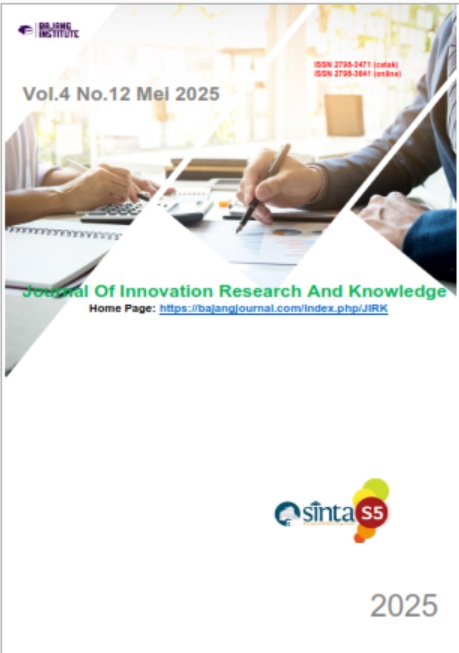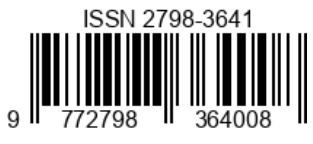HATE SPEECH UTTERED BY MOTHERS-IN-LAW TO DAUGHTERS-IN-LAW IN BALI: FORENSIC LINGUISTICS & PRAGMA-SEMANTIC APPROACH
Keywords:
Hate Speech, Pragma-Semantic Analysis, Speech Acts, Mothers-In-Law, Daughters-in-LawAbstract
Communication plays a vital role in expressing ideas and emotions, with verbal exchanges being key to conveying meaning. However, speech can sometimes be misused, resulting in harmful forms of expression like hate speech. Hate speech is considered a linguistic offense, often laden with malice and deeply offensive. This study examines the types of hate speech and the pragma-semantic analysis behind utterances made by mothers-in-law toward their daughters-in-law in Bali. Employing a descriptive qualitative approach, the research offers an in-depth data analysis. The study identifies seven utterances and four types of hate speech. The findings also show that locutionary, illocutionary, and perlocutionary acts are interconnected. Locutionary acts are articulated, illocutionary acts convey the intended meaning, and feedback is reflected in perlocutionary acts. For example, all hate speech expressed is baseless. This study contributes by highlighting how older individuals, particularly mothers-in-law, often use their mother language to express spontaneous hatred.
References
Creswell, J. W. (2020). RESEARCH DESIGN: Qualitative, Quantitative, and Mixed Methods Approaches. Thousand Oaks, California 91320: SAGE Publications, Inc.
D. A. Sarie, S.., and M.., “UJARAN KEBENCIAN DI MEDIA SOSIAL (KAJIAN PRAGMASEMANTIK)”, JURNAL EDUCATION AND DEVELOPMENT, vol. 9, no. 4, pp. 247-251, Nov. 2021.
Dharma, Bhisma Satya, KM, S., & Isworo, Tirta Amerta. (2020). “PENDALUNGAN” SEBAGAI BENTUK KEHARMONISAN BUDAYA DI KABUPATEN JEMBER. Optimalisasi Peran Komunikasi Dalam Menghadapi Era 4.0 Gedung Kuliah Bersama Lantai 10 23 Jumadil Awal 1441/18 Januari 2020, 76.
Kepolisian Negara Republik Indonesia. (2015). Surat Edaran Nomor SE/6/X/2015: Penanganan Ujaran Kebencian (Hate Speech).
Leech, G. (1981). Semantics. Middlesex, UK: Penguin Books.
Leech, G. N. (1983). Principles of pragmatics. Longman.
Oktaviani., Alam. (2022). Illocutionary Speech Acts and Types of Hate Speech in Comments on @Indraakenz’s Twitter Account. International Journal of Science and Applied Science: Conference Series Int. J. Sci. Appl. Sci.: Conf. Ser., Vol. 6 No. 1
Rahma, M. (2018). Konflik Sosial terhadap Menantu yang Tinggal Serumah dengan Mertua (Studi Kasus di Desa Lempang Kecamatan Tanete Riaja Kabupaten Barru). Makassar: Jurusan Pendidikan Sosiologi Fakultas Keguruan dan Ilmu Pendidikan Universitas Muhammadiyah Makassar.
Searle, J. R. (1979). Expression And Meaning. New York: Cambridge University Press.
Searle, J. R. (2014). A Classification of Illocutionary Acts. Language in Society, Vol 5 No.1.
Sugiyono. 2013. Metode Penelitian Kuantitatif, Kualitatif dan R&D. Bandung: Alfabeta.
Sugiyono. 2016. Cara Mudah Menyusun: Skripsi, Tesis, Dan Disertasi. Bandung: alfabeta.
Watanabe, H., Bouazizi, M., & Ohtsuki, T. (2018). Hate Speech on Twitter: A Pragmatic Approach to Collect Hateful and Offensive Expressions and Perform Hate Speech Detection. IEEE Access, 6, 13825–13835. https://doi.org/10.1109/ACCESS.2018.2806394.















